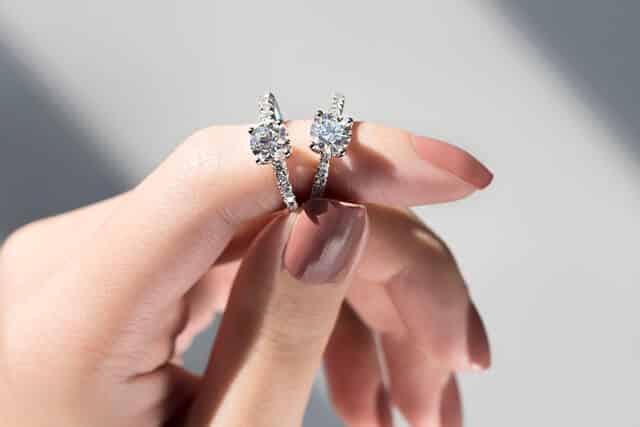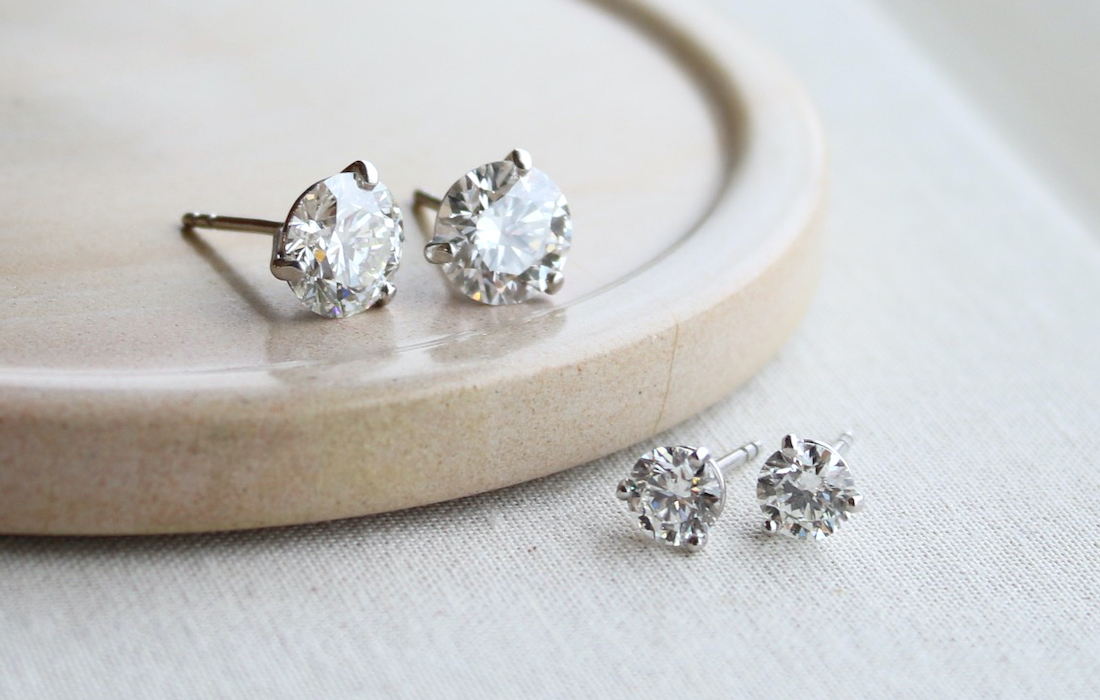Diamonds have long been revered as symbols of love, luxury, and enduring beauty. However, advancements in technology have introduced a new player to the market – lab-made diamonds. These lab-grown gems offer an alternative to traditional, naturally occurring diamonds. But how do they compare? Let’s delve into the world of lab-made diamonds versus real diamonds to understand their differences, benefits, and implications.
I. Introduction
Diamonds hold a special place in our culture, often representing commitment, elegance, and prestige. Traditionally, these gems were exclusively sourced from deep within the earth’s crust through natural geological processes. However, recent innovations in science and technology have made it possible to recreate the diamond-growing conditions in a laboratory setting, giving rise to lab-made diamonds.
II. What are Lab-Made Diamonds?
A. Definition and Process
Lab-made diamonds, also known as synthetic or cultured diamonds, are created in controlled laboratory environments rather than being formed naturally underground. These diamonds are produced using one of two primary methods: High Pressure High Temperature (HPHT) or Chemical Vapor Deposition (CVD).
B. Quality and Characteristics
Contrary to popular belief, lab made diamonds vs real possess the same chemical composition, crystal structure, and optical properties as natural diamonds. They exhibit identical brilliance, hardness, and durability, making them indistinguishable to the naked eye.
III. Natural Diamonds: Overview
A. Formation Process
Natural diamonds are formed deep within the earth’s mantle over millions of years under immense heat and pressure. They are brought to the surface through volcanic eruptions or geological shifts, where they are mined from kimberlite pipes or alluvial deposits.
B. Rarity and Value
The scarcity of natural diamonds contributes to their perceived value and desirability. Their formation process is incredibly rare, with only a fraction of mined diamonds meeting the standards for use in jewelry.
IV. Lab-Made Diamonds vs. Natural Diamonds
A. Cost Comparison
One of the most significant differences between lab-made and natural diamonds lies in their cost. Lab-made diamonds typically cost 20-40% less than their natural counterparts, making them a more affordable option for consumers.
B. Environmental Impact
Lab-made diamonds have a significantly lower environmental impact compared to traditional diamond mining. They require less energy and water and produce fewer carbon emissions, minimizing ecological damage.
C. Ethics and Social Responsibility
Lab-made diamonds are often hailed as a more ethical and socially responsible choice. They are not associated with the negative environmental and human rights issues commonly linked to diamond mining in certain regions of the world.
D. Physical Properties
While lab-made diamonds share many physical properties with natural diamonds, some distinctions exist. Lab-made diamonds may contain subtle differences in inclusion patterns or growth structures that can be identified under specialized testing equipment.
V. Misconceptions about Lab-Made Diamonds
A. Quality Concerns
One common misconception is that lab-made diamonds are of inferior quality compared to natural diamonds. However, extensive testing and certification processes ensure that lab-made diamonds meet the same rigorous standards for quality and authenticity.
B. Environmental Misconceptions
Another misconception is that lab-made diamonds are not environmentally friendly. In reality, the controlled production process of lab-made diamonds minimizes environmental impact, making them a more sustainable choice.
VI. Benefits of Lab-Made Diamonds
A. Affordability
The lower cost of lab made diamonds makes them accessible to a broader range of consumers, allowing individuals to purchase larger or higher-quality stones within their budget.
B. Ethical Sourcing
Lab-made diamonds offer peace of mind for consumers concerned about the ethical implications of traditional diamond mining, man made diamonds, providing a cruelty-free and conflict-free alternative.
C. Environmental Friendliness
By reducing the demand for natural diamond mining, lab-made diamonds contribute to environmental conservation efforts, preserving fragile ecosystems and minimizing carbon emissions.
VII. How to Choose Between Lab-Made and Natural Diamonds
A. Budget Considerations
If budget is a primary concern, lab-made diamonds offer excellent value without sacrificing quality or beauty.
B. Personal Values
Consider your personal values and priorities when selecting between lab-made and natural diamonds. Whether you prioritize affordability, ethics, or environmental sustainability will influence your decision.
C. Occasion and Usage
The occasion and intended use of the diamond should also be taken into account. Lab-made diamonds are suitable for all types of jewelry, from engagement rings to everyday accessories.
VIII. Conclusion
In conclusion, the debate between lab-made diamonds and natural diamonds extends beyond mere aesthetics or price tags. It encompasses ethical considerations, environmental impacts, and personal values. While both options offer their own set of advantages, lab-made diamonds emerge as a compelling alternative for conscientious consumers seeking beauty without compromise.





